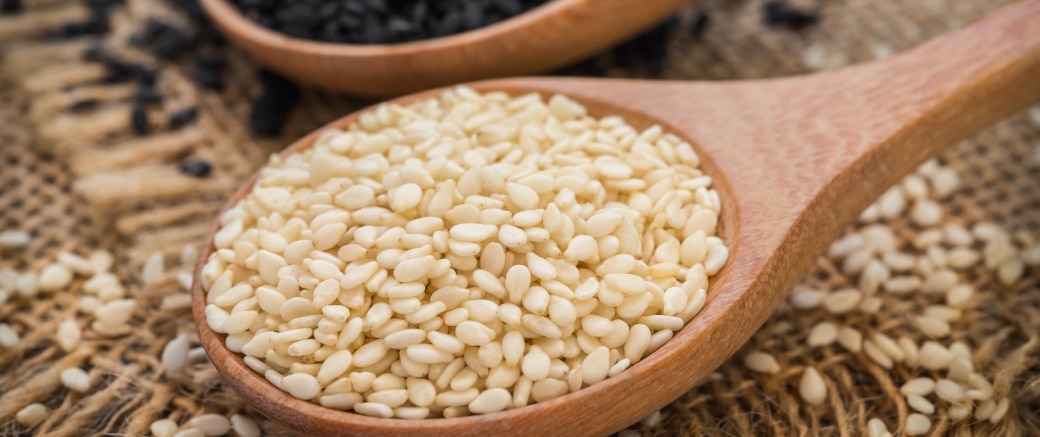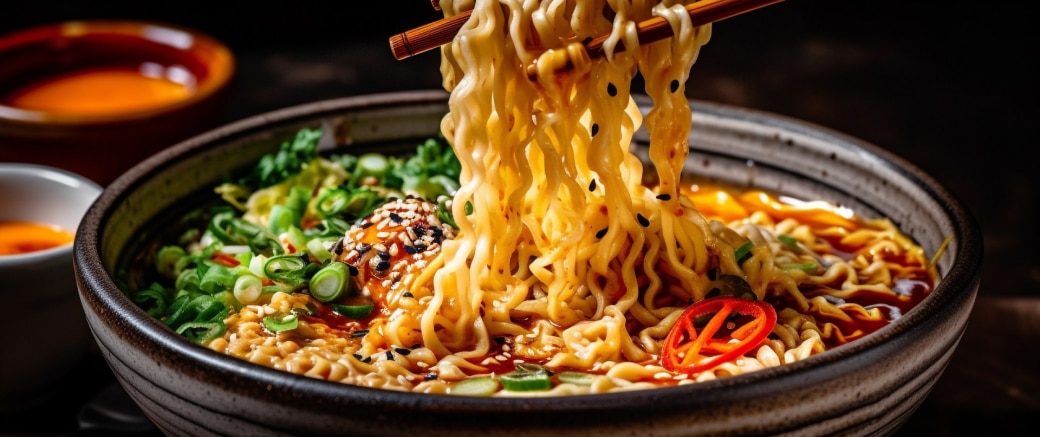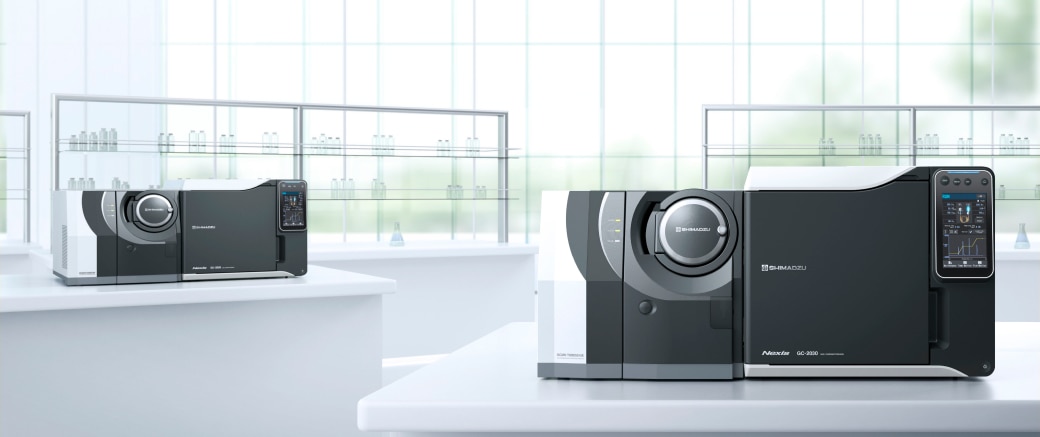Food Safety Alert! Shimadzu's Solutions to Ethylene Oxide Analysis
Even though Ethylene oxide (EtO/EO) is well-known to be a toxic compound with carcinogenic and mutagenic concerns, it has been widely used for fumigation in the Food industry for effectively reducing or eliminating microbiological contamination with bacteria/fungi. Once in contact with food, EtO undergoes various reactions within the matrix, further producing reaction products such as ethylene glycol, 2-chloroethanol (2-CE) and 2-bromoethanol, which are also toxic in nature. Hence, the use of EtO for food fumigation has been phased out in many countries worldwide, due to toxicological concerns. In the EU, the use of EtO for the disinfection of foodstuffs, e.g. in storage areas, is not permitted (ECHA, 2020). EU has proposed separate maximum residual limits (MRLs) for EtO and its primary metabolite 2-CE in different food and agriculture commodities ranging from 0.02 to 0.1 mg/kg (Commission Regulation (EU) 2015/868).
The recent recall of food products exported to the EU due to non-compliance with EU regulations, has highlighted the importance of quantitation of EtO & 2-CE residues in food.
To ensure the quality and safety of food products, the European Rapid Alert System for Food and Feed (RASFF) prohibits the sales of goods exceeding the MRL values of 0.05 mg/kg (or 50 ppb) for the sum of EtO and 2-CE.
An Emerging Food Safety Concern

Commodities such as spices, oilseeds and nuts are especially susceptible to EtO/2-CE post-fumigation and combine high lipid content with low water content. One example is sesame seeds, where EtO fumigation is used (particularly in many developing countries as a countermeasure) to reduce contamination with salmonella and other fecal bacteria.
After fumigation with EtO, evaporation and reactions with matrix constituents are the main dissipation pathways of EtO in food. EtO undergoes various reactions within the matrix and generates a number of reaction products, including ethylene glycol, diethylene glycol, 1,4-dioxane, 2-bromoethanol and ethylene chlorohydrin (2-CE). EtO also reacts directly with matrix components such as amino acids, purines and fatty acids to form hydroxyethyl adducts. 2-CE is the most prominent reaction product of EtO and is itself an extremely hazardous substance. In the matrix, 2-CE undergoes reactions with fatty acids to form 2-CE esters. EtO, 2-CE and their various reaction products are only removed to a limited extent during aeration and many of them can serve as markers for EtO fumigations.
Naturally, EtO fumigation requires strict quality control. Neglect can result in cases such as the 2020 discovery in India where EtO was still above the regulated limits in treated sesame seeds.
To grasp the key insights and understand how EtO presents a food safety concern in just 2 mins, download our infographic below.
Analytical Methods For Fast and Robust Testing
With EtO so useful yet so toxic to people, it becomes imperative to ensure the trace amounts left in foods are well within safe guidelines for human consumption. To ensure food quality and protect food safety, Shimadzu offers comprehensive solutions to analyze EtO and 2-CE in various food matrices, whether it is agricultural (oil seeds), spices, processed foods, ayurveda and herbal or more.
The solutions offered by Shimadzu can be summarized here:
| Matrix Covered | Technique |
Instrument
|
|---|---|---|
| Sesame Seeds | Liquid Injection (EtO & 2-CE) | GCMS-TQ8050 NX with AOC-20i/s |
| Dynamic Headspace (EtO & 2-CE) - Solvent extraction | GCMS-TQ8050 NX with HS-20 NX | |
| Dynamic Headspace (EtO & 2-CE) - Direct sample in HS vial | GCMS-TQ8040 NX with HS-20 NX | |
| Liquid Injection (2-CE) -Conversion Method | GCMS-TQ8040 NX with AOC-20i/s | |
| Dynamic Headspace Injection (2-CE) Conversion Method | GCMS-TQ8040 NX with HS-20 NX | |
| Chilli Powder Chicken Masala | Dynamic Headspace (EtO & 2-CE) - Solvent extraction | GCMS-TQ8040 NX with AOC-30i |
| Dynamic Headspace (EtO & 2-CE) - Solvent extraction | GCMS-TQ8050 NX with AOC-20i/s | |
| Dynamic Headspace (EtO & 2-CE) - Direct sample in HS vial | GCMS-TQ8050 NX with HS-20 NX | |
| Dynamic Headspace (EtO & 2-CE) - Solvent extraction | GCMS-TQ8050 NX with HS-20 NX | |
| Kitchen Masala | Dynamic Headspace (EtO & 2-CE) - Solvent extraction | GCMS-TQ8050 NX with HS-20 NX |
| Amala Powder | Dynamic Headspace (EtO & 2-CE) - Solvent extraction | GCMS-TQ8050 NX with HS-20 NX |
| Ashwagandha Powder | Dynamic Headspace (EtO & 2-CE) - Solvent extraction | GCMS-TQ8050 NX with HS-20 NX |
| Boswellia Serrata Powder | Liquid Injection (EtO & 2-CE) | GCMS-TQ8050 NX with AOC-20i/s |
| Dynamic Headspace (EtO & 2-CE) - Solvent extraction | GCMS-TQ8050 NX with HS-20 NX | |
| Noodles | Liquid Injection (EtO & 2-CE) | GCMS-TQ8050 NX with AOC-20i/s |
Download the eBook below for full access to the end-to-end workflow solutions.
Application Spotlight: Analysis of Ethylene Oxide in Ramen (Instant Noodle) by GC-MS/MS

In this application note, a method using dynamic headspace coupled with GC-MS/MS has been optimized to quantify both EO and 2-CE in instant noodles, with reference to the Analysis of Ethylene Oxide (EO) & 2-Chloroethanol (2-CE). This innovative approach utilizes a headspace autosampler for direct sample extraction, enhancing efficiency and accuracy in the preparation process. Moreover, internal standard calibration curves were utilized to achieve good recovery rates between 70% to 130% at a concentration of 10 ng/g. This technique negates the need for complex matrix-matched calibration curves, simplifying the analytical workflow without compromising on precision.
At the core of the workflow solution is the use of GCMS-TQ8050 NX, paired with the HS-20 NX Trap autosampler. The GCMS-TQ8050 NX stands out with its highly efficient detector and patented ion source technology, capable of ultra-trace analysis and providing the best sensitivity requirement for this application. As for the HS-20 NX Trap, it offers versatile operation in both static and dynamic headspace modes. Herein, dynamic headspace was employed to significantly enhance sensitivity. The integration of this cutting-edge technology not only streamlines the workflow but also ensures compliance with stringent safety and quality standards, enabling laboratories to protect consumer health confidently and meet the rigorous demands of the food industry with ease and assurance.
Shimadzu's Advanced Solutions for EtO Analysis

The Shimadzu triple-quad GCMS-TQ8050 NX, equipped with a highly efficient detector and three forms of noise-reduction technology, is capable of performing unprecedented quantitative GC-MS/MS analyses of ultra-trace amounts down to the femtogram level. With its ultra-high sensitivity and high mass resolution, a whole new realm of quantitative analysis can be offered, with reduced maintenance frequency, lower long-term operational costs, and less downtime.
Its key features include:
- Enhanced sensitivity enables ultra-trace level analysis
- Simplified user maintenance allows operators to change parts quickly
- Reduces maintenance frequency and long-term operational costs
For More Resources: Watch On-Demand Session on Our Digital Classrooms
In this session on Digital Classrooms, learn about Shimadzu’s GCMS solutions in analyzing ethylene oxide in different food matrices, such as sesame seeds and instant noodles. Our expert, Dr. Jackie will help you gain deeper insights into EtO analysis and its regulatory perspectives.
Learning Objectives:
- Significance and regulatory implications of analyzing EtO and 2-CE in various food matrices
- Importance of quantitation of EtO and 2-CE at trace level
- Recognize the applicable EU-MRLS (Maximum Residue Limits as per European Commission)
- Find out more about industry challenges and the solutions that are being offered by our application specialists
- Understand the options available for analysis techniques with their own merits and demerits
- Discover the most reliable and sensitive methods developed using GCMS-HS for analysis of EtO and 2-CE in challenging matrices
Learn more at our Resource Library, Digital Classrooms, and Newsletters.






